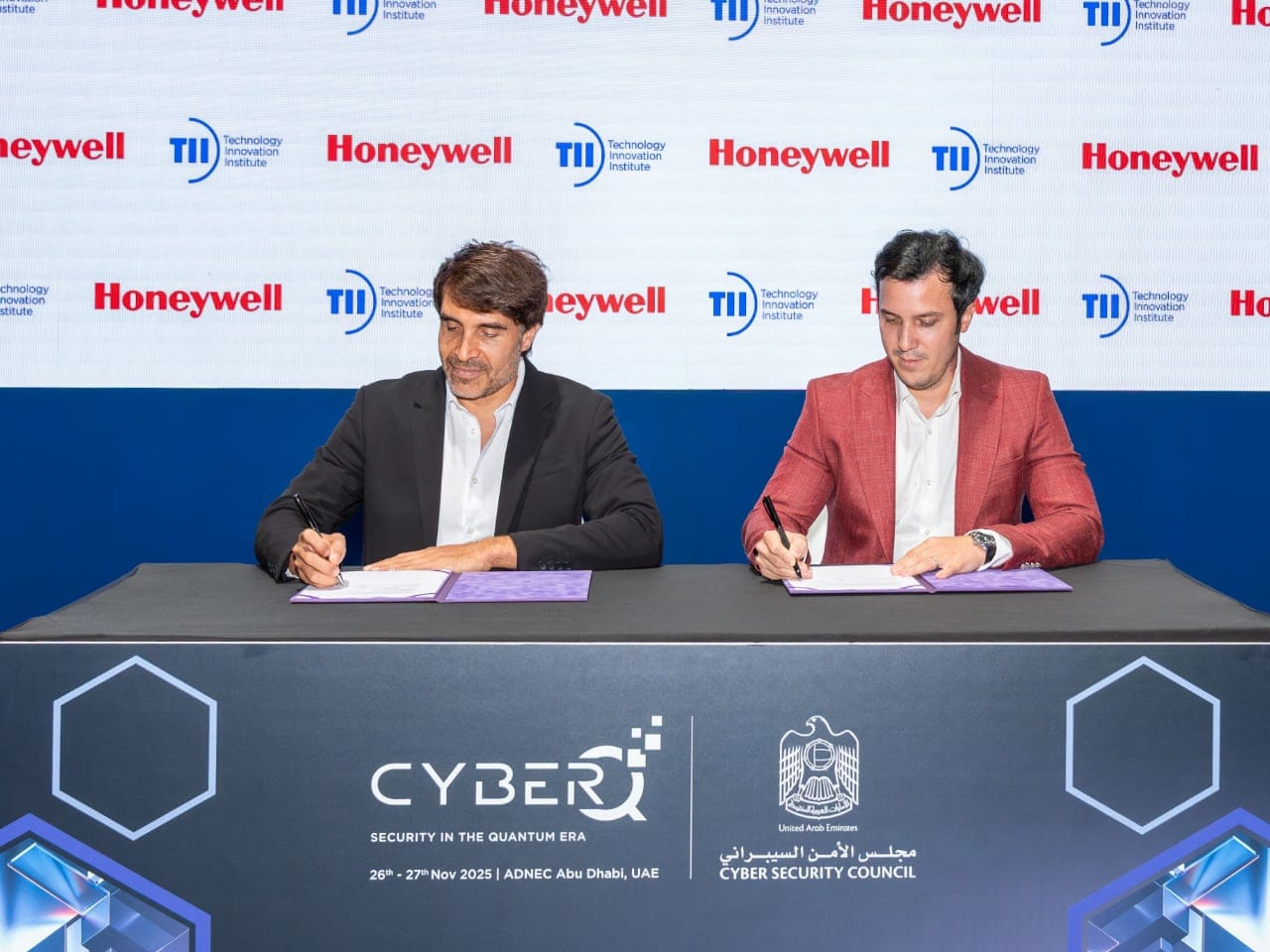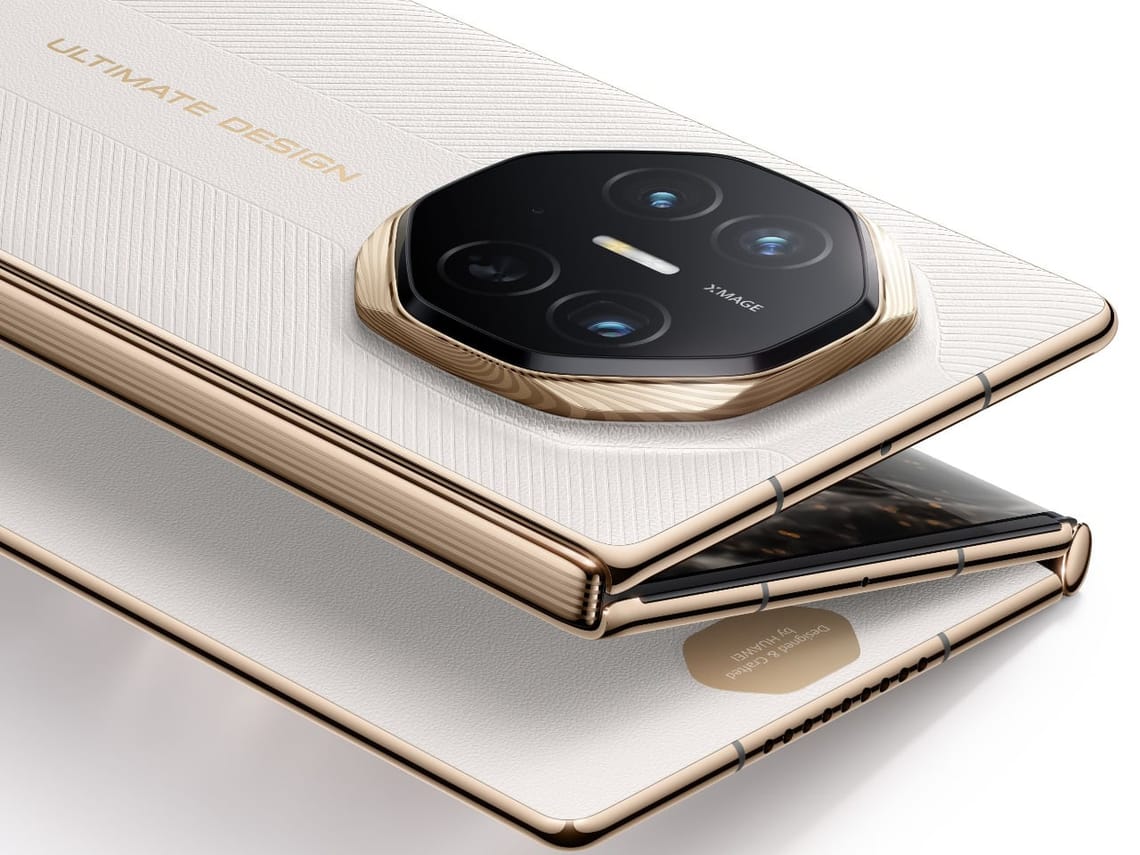Quantum computers may still be early, but the race to protect today’s data from tomorrow’s machines is already moving fast. Abu Dhabi’s Technology Innovation Institute (TII) and Honeywell are now working together on a quantum-secure satellite communication link that connects Honeywell’s QKDSat platform with TII’s Abu Dhabi Quantum Optical Ground Station (ADQOGS).
It’s a careful, engineering-driven step toward safer satellite networks—something every country is eyeing as encryption gets closer to its “post-quantum” era.
- TII and Honeywell are teaming up to test quantum-secure satellite links between QKDSat and Abu Dhabi’s ADQOGS station.
- The project aims to protect future government and commercial data from quantum-enabled attacks.
- Satellite-based QKD bypasses the distance limits of fibre networks.
- The UAE continues to build capability in safe quantum and space communications.
- The partnership puts Abu Dhabi on the path toward practical quantum-based satellite communication systems.
What “quantum secure” actually means
Quantum-secure communication is about staying safe even when powerful quantum computers arrive.
- QKD (quantum key distribution) uses particles of light to deliver encryption keys.
- If someone tries to listen in, the signal itself changes.
- That makes interception detectable, unlike most encryption today.
In normal encryption, security relies on maths being too hard to break. Quantum-secure systems rely on physics instead. If an attacker touches the quantum signal, the photons get disturbed, and the system knows something is wrong. It’s not magic; it’s quantum mechanics doing what it always does.
Modern networks that claim to be “quantum safe” typically mix QKD with post-quantum encryption algorithms. Together, they reduce the risk that a future quantum supercomputer could break standards like RSA or ECC.
And no—quantum computers can’t break AES-256 today. Most security researchers expect AES-256 to remain safe even in a quantum future, although key sizes and protocols may evolve over time.
What counts as a quantum secure satellite?
TII and Honeywell’s platform is a good example of what people mean by a quantum-secure satellite.
- A quantum secure satellite hosts hardware that generates or transmits quantum keys.
- A quantum communication satellite focuses on sending those keys to ground stations.
- A quantum satellite is a broader term that covers any satellite doing quantum experiments, from entanglement tests to photon-based communications.
Honeywell’s QKDSat falls into the second category. It’s built to send quantum-encoded light from orbit to the ground without relying on long fibre cables that lose too much signal.
Countries already working in this area include China (with its Micius satellite), parts of Europe, Japan, and now the UAE through TII’s growing research infrastructure.
As for “can a satellite have a satellite?”—not in the pet-sense, but some missions do deploy tiny sub-satellites, and some spacecraft use detachable inspector units. So the idea isn’t as strange as it sounds.
And yes, satellites can have magnetic components, but they’re not “magnetic” in the way fridge magnets are. Some include magnetorquers—electromagnetic rods—to help control orientation in space.
How satellites get to orbit, briefly
Since the TII–Honeywell project relies on an orbiting QKD payload, it’s worth covering the basics.
- Rockets push satellites above the atmosphere.
- Once high enough, the rocket positions them into a stable orbit where gravity and momentum balance out.
- Low Earth Orbit (LEO) tends to be popular for communication satellites—including potential quantum missions—because it keeps delay low and passes frequently over ground stations.
This also explains why networks like Starlink need so many satellites: LEO spacecraft move fast, so you need a large constellation to stay connected as they zip across the sky.
What TII and Honeywell are actually building
The collaboration focuses on making quantum security work in real UAE conditions—not just in controlled labs.
- Honeywell brings the QKDSat platform and satellite engineering.
- TII provides ADQOGS, a flexible optical ground station built for quantum research.
- The system will test sending quantum keys from space to Abu Dhabi.
- Data uses include government services, critical infrastructure, telecom operators and private enterprise.
ADQOGS can track satellites precisely and handle very weak quantum signals arriving from orbit. QKDSat generates quantum keys using photon-based techniques. Together they form a full link: space → atmosphere → ground → secure network. This is the “on the way to quantum-based satellite communication” part—proving the pieces work outside a clean simulation.
Why this matters for safe quantum and space communications
This partnership is about more than one demo.
- It helps define next-generation secure links for the region.
- It positions Abu Dhabi as a key ground station location for future global quantum networks.
- It supports the UAE’s wider strategy in cybersecurity and satellite tech.
Several countries are now racing to build quantum-secure networks before quantum computers mature. China already demonstrated space-based QKD; Europe is developing its EuroQCI programme; the UAE, through TII, is carving out its own capabilities.
When these systems mature, we’ll see quantum keys delivered straight from space to national networks, banks, energy operators and (eventually) consumer services that need long-term data protection. It’s a slow, engineering-led process—but the UAE is placing itself near the front of the queue.
FAQs
What is a quantum secure satellite?
It’s a satellite that can generate or transmit quantum-based encryption keys, usually using photons. These keys help secure communication links against future quantum-enabled attacks.
What is a quantum communication satellite?
It’s a spacecraft designed specifically to send quantum signals—usually QKD keys—from orbit to one or more ground stations.
Are satellites magnetic?
Not naturally. But many use electromagnetic systems (magnetorquers) for attitude control.
Can quantum computers break AES-256?
Not with any known quantum method. AES-256 is considered quantum-resistant for now, though protocols may still update over time.
Which countries already have quantum satellites?
China, several European states through the ESA, Japan, and now the UAE with its growing quantum-in-space research.
Subscribe to our newsletter to get the latest updates and news










Member discussion